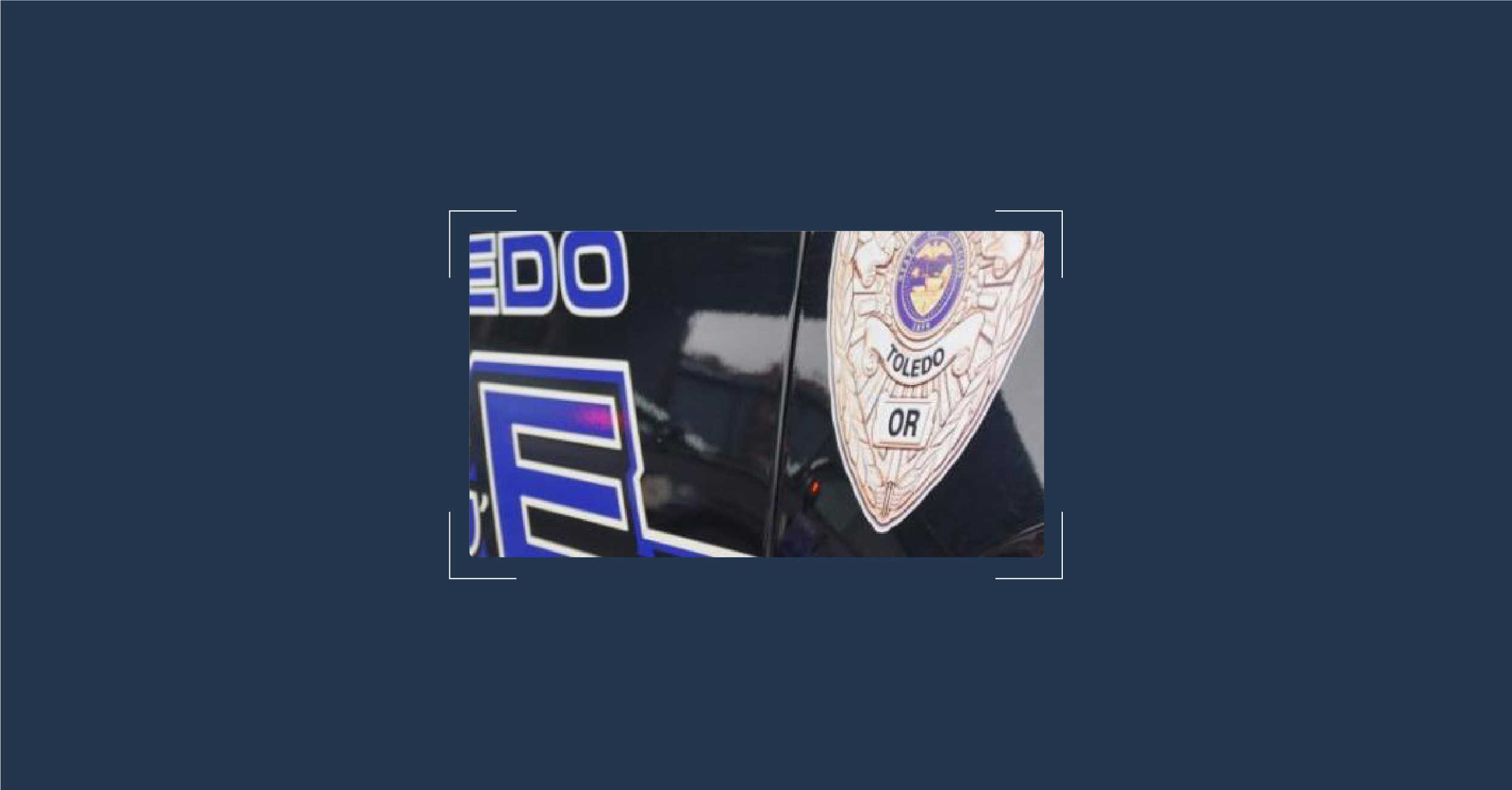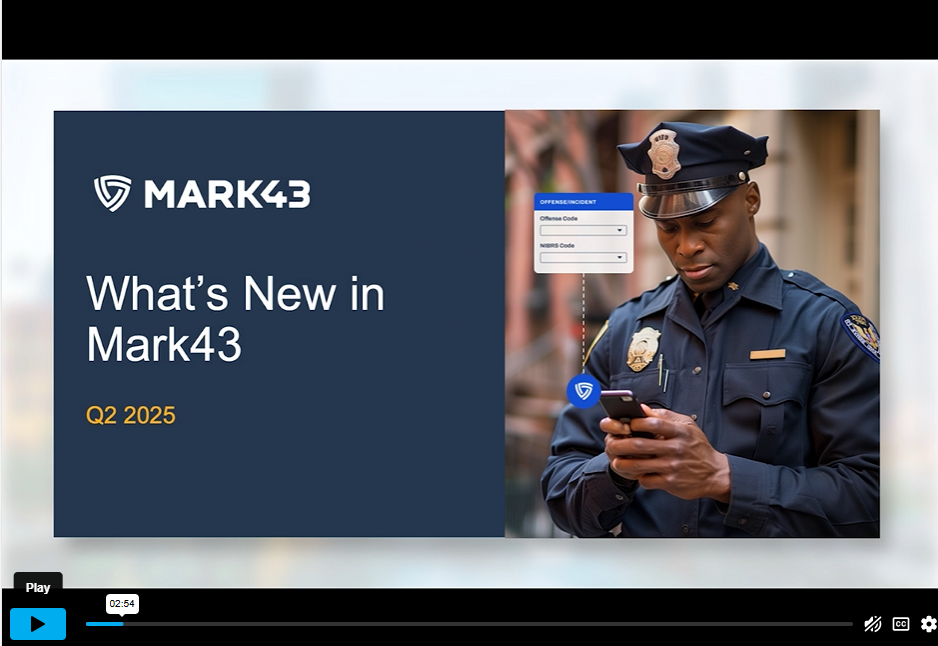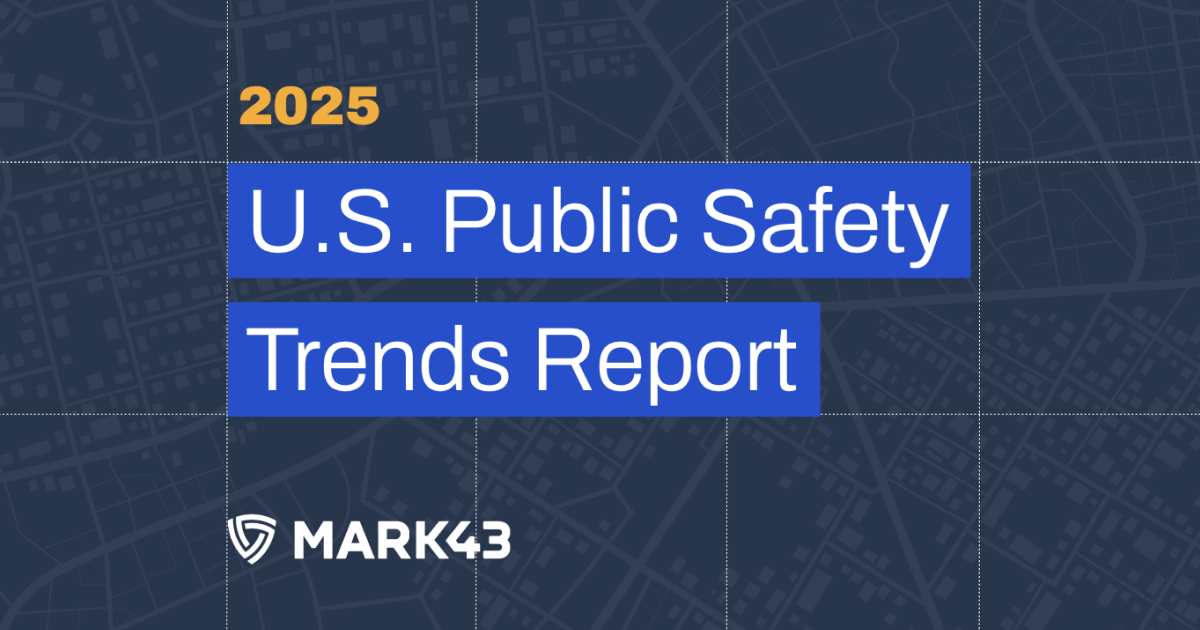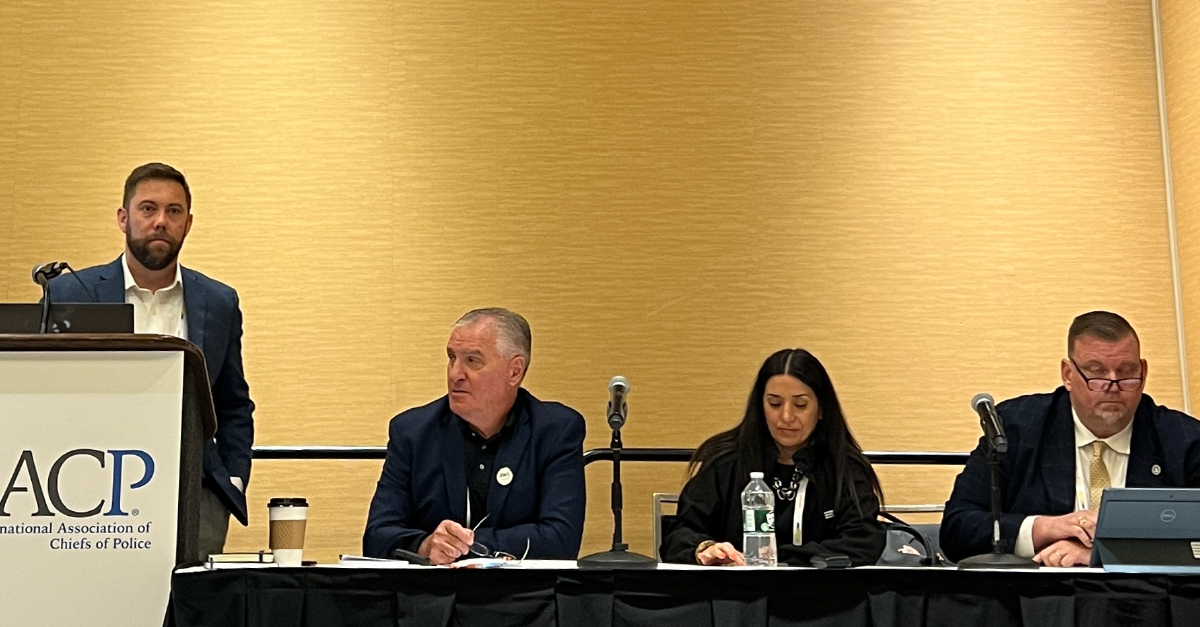
The days of running your own applications on your on-premise data centers are fading away. With the pandemic serving as a shocking wake up call for many companies and organizations, uninterrupted access to mission-critical software became the most critical risk that everyone had to figure out, quickly. The answer for most of them… the cloud! As of 2017, the U.S. Federal Government adopted a ‘Cloud Smart’ strategy in order to increase the speed at which their agencies could migrate from legacy technologies and accelerate agency adoption of cloud-based solutions.
Just moving to the cloud does not guarantee you operational satisfaction. As you navigate choosing a technology provider for your agency, it’s important to understand that not all cloud providers are created equal. There are two primary types of technology providers in the cloud: cloud-enabled and cloud-native. Let’s dive into three key reasons for why your next technology provider should be cloud-native.
1. Keep your data safe
Public safety agencies collect a mountain of sensitive data every day. In order to protect this data from falling into the wrong hands, It’s important to utilize software providers that can help keep your data safe and accessible to only those who require to see it.
As a software provider tasked with protecting our customers’ sensitive data, Mark43’s cloud-native environment employs FIPS 140-2 encryption. FIPS is the Federal Information Processing Standard that specifies the level of encryption for the type of data we have to protect. In addition to our encryption standard, we also employ other controls to protect our data, such as least privilege, multi-factor authentication, and web application firewalls. Each of these helps limit the access to and exposure of various data elements in the event someone malicious gained access to our systems.
Although encrypting the data is a necessary step to protecting the data, Mark43 goes above and beyond by instilling a Secure System Development Lifecycle (SSDLC) program. The SSDLC program helps ensure that all stages of our software and system deployment are analyzed for potential security gaps and privacy risks. Our SSDLC is constantly compared against many industry-leading standards to ensure we’re always keeping up to date with the latest security protocols when it comes to building a system or software.
At Mark43, we have a robust Information Security Program that includes continuous vulnerability scanning, external penetration testing, perpetual bug bounty program, and third-party audits. This is all part of our enterprise-wide compliance program, based on various industry leading frameworks (i.e. NIST, ISO, etc.) and applicable regulations (i.e. CJIS). Our cloud-native software is designed to quickly detect and respond to potential incidents faster than many cloud-enabled providers. Mark43 can isolate the issue and its effect, and remediate before it spreads. This allows public safety agencies to feel confident that their data resides in a system that is constantly tested, evaluated, and meets necessary requirements to protect the system and their data.
2. Resiliency when it matters most
When running a mission-critical application, the last thing you need is for it to go down and become unavailable. Availability should be one of the first areas you investigate as you search for a cloud provider. With a cloud-native provider, resiliency is not an after-thought or a nice-to-have feature, it is inherent in the operations and constantly improved.
Developing cloud-native software allows Mark43 to leverage the concept of distributed systems to remain quick and agile. Each part of the application is packaged into its own container, called microservices, where it acts like an independent service that runs its own processes. Containers and microservices allow for enhanced scalability, no downtime, and faster upgrades with little to no effort from the agency.
Being a cloud-native provider, we’re able to adopt the Pets vs. Cattle approach to DevOps.
- Pets are unique and loved. When they get sick, you nurse them back to health.
- Cattle, on the other hand, are replaceable and when one gets sick, you can replace it with another.
The analogy refers to cloud-enabled companies treating their servers as pets, that they “hand-feed”, and if their servers went down, it is detrimental to their operations. As opposed to a cloud-native provider who manages their servers like cattle – if any part of an app “gets sick” or fails to function correctly, it’s easy to simply replace it with a new microservice that’s almost entirely identical. Since it happens in real time, end users won’t notice the switch out.
“With Mark43, our mission-critical systems stay operational during the worst weather conditions. Partner jurisdictions experience significant technology outages, but LSP keeps running.”
Business Analytics Specialist Carpenter, Louisiana State Police
Public safety organizations do not have the luxury of downtime – systems need to be up and running at all times. Mark43 utilizes the ‘Government’ region of Amazon’s cloud infrastructure with our cloud-native software, alleviating any concern about whether your applications will be available during your most demanding times.
3. Increased pace of innovation
Cloud-native software has an increased pace of innovation due to continuous integration and continuous delivery (CI/CD). Continuous integration refers to the automated merging of code changes from multiple developers into a single, central project. The goals of continuous integration are to find and address bugs quicker, improve software quality, and reduce the time it takes to validate and release new software updates. Paired with continuous delivery, this refers to delivering new software or software updates in small, frequent batches. It uses short cycles that can take advantage of more robust testing before integrating into the whole application. Mark43 utilizes these best practices to provide a reliable way to deliver critical updates in a seamless, resource-efficient manner. Mark43’s CI/CD approach provides public safety agencies with:
- Faster fixes and new releases of features
- Little to no disruption of service during updates
- Improved responsiveness to demands they might have
Cloud-native: A clear advantage
In conclusion, does cloud-native truly deliver software that is that much better than traditionally developed software? Yes. The benefit to cloud-native software is clear: cloud native software can scale because their functions are broken into microservices and they allow for individual management. Public safety agencies should take full advantage of Mark43’s cloud computing as we run responsive and reliable cloud-native software that is scalable and reduces risk.
As you evaluate potential technology partners, make sure you ask them the following questions…
- Is your software cloud-enabled or cloud-native?
- Does your software reside on a server you manage in a data center?
- How do you maintain compliance with applicable laws/regulations?
- Will you require downtime to perform updates/maintenance?
- How long will the application be unavailable during updates/maintenance windows?
- What type of IT resources does my agency need to support your software?
Mark43 supports more than 120 agencies across the U.S. and UK. To learn more about our cloud-native benefits, fill out the form to the right to request a personalized demo.







